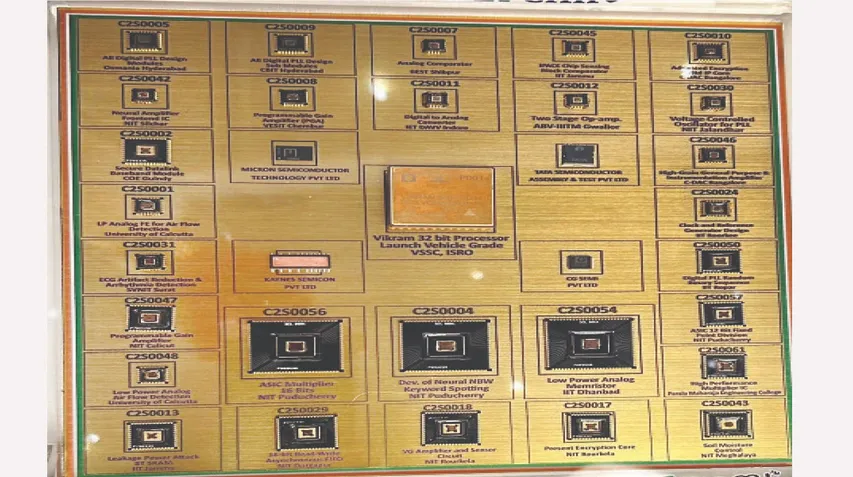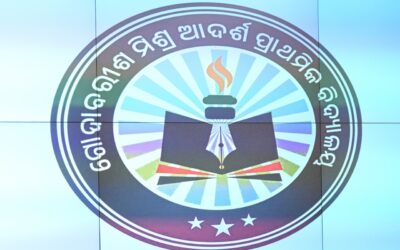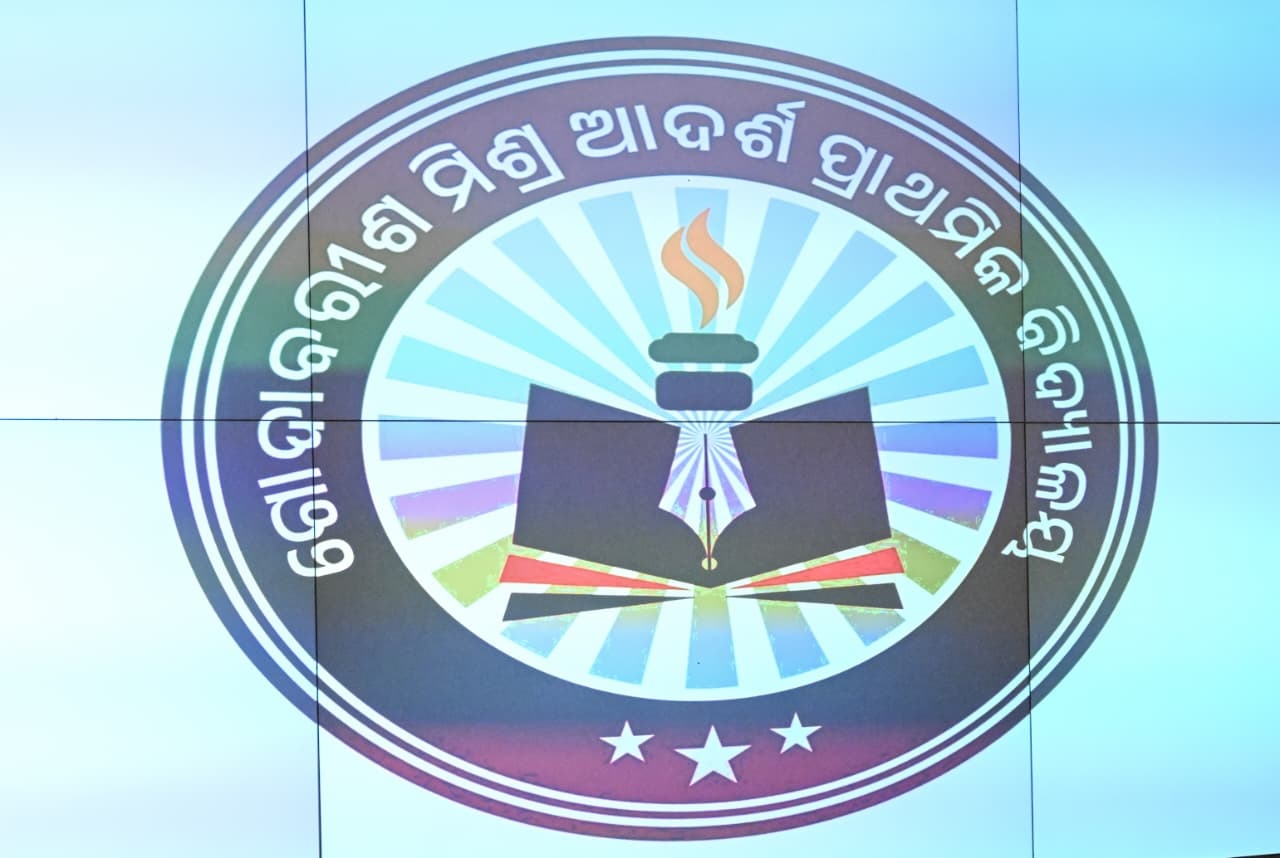‘Made in India’ Chips Designed in Odisha Unveiled at Semicon India 2025

NIT Rourkela and PMEC Berhampur Contribute to Nation’s Semiconductor Milestone
Bhubaneswar : In a landmark achievement for India’s technological advancement, Union Electronics and Information Technology Minister Ashwini Vaishnaw presented the first batch of ‘Made in India’ semiconductor chips to Prime Minister Narendra Modi during the inaugural session of Semicon India 2025 in New Delhi .
Significantly, three of the showcased chips were designed in Odisha. According to official sources, two were developed by the National Institute of Technology (NIT), Rourkela, while one was created by the Parala Maharaja Engineering College (PMEC), Berhampur.
Odisha’s Chief Minister Mohan Charan Majhi hailed the feat as a matter of immense pride for the state. “These achievements highlight the immense talent and innovation fostered within our academic institutions and reaffirm Odisha’s growing role in India’s semiconductor journey. I congratulate all those associated with these milestones, which symbolize self-reliance and technological leadership,” Majhi said in a post on X.
The chips include the VG Amplifier and Sensor Circuit and Present Encryption Core, both developed by NIT Rourkela, and the High-Performance Multiplier IC-C2S0061, designed by PMEC Berhampur. Experts believe these designs mark a significant step forward in India’s push for indigenous semiconductor solutions.
Prime Minister Narendra Modi, inaugurating the three-day conference, underscored India’s rising importance in the global semiconductor sector. He noted that \$18 billion in investments have been committed to 10 semiconductor projects approved since 2021. “The world trusts India, the world believes in India, and the world is ready to build the semiconductor future with India,” the Prime Minister declared. He further emphasized, “If the last century was shaped by oil, the future will be shaped by chips.”
PM Modi also stressed that India’s semiconductor ecosystem extends beyond chip manufacturing, with advanced design centres in Noida and Bengaluru already developing cutting-edge chips. “We are building a semicon ecosystem that will make India globally competitive and Atmanirbhar,” he said.
Highlighting India’s broader economic resilience, the Prime Minister pointed out the country’s strong 7.8 percent GDP growth in the April-June quarter despite global uncertainties, reinforcing India’s attractiveness as a hub for technology investment.
The innovations by Odisha’s institutions have drawn special appreciation, with the state’s Skill Development and Technical Education Department calling them a proud moment that aligns with the vision of both PM Modi and CM Majhi. The department stressed that such accomplishments not only showcase Odisha’s academic capabilities but also strengthen India’s position in the global semiconductor ecosystem.
Chief Minister Majhi, who is attending the Semicon India 2025 event in New Delhi, is expected to participate in discussions with industry leaders and policymakers. The conference will feature deliberations on semiconductor fabs, advanced packaging projects, smart manufacturing, R\&D in artificial intelligence, infrastructure readiness, and state-level policy implementation.
Officials said Odisha’s growing role in semiconductor design is an indicator of the state’s potential to emerge as a hub for future innovations. As the global semiconductor market, currently valued at \$600 billion, is projected to surpass \$1 trillion soon, India—powered by such regional contributions—is poised to play a pivotal role in shaping the industry’s future.
With Odisha’s institutions contributing directly to this national milestone, the state is being seen as a rising force in India’s digital and technological transformation. This development marks not only a proud achievement for Odisha but also a critical step forward in India’s semiconductor journey under the Semicon India 2025 initiative.









